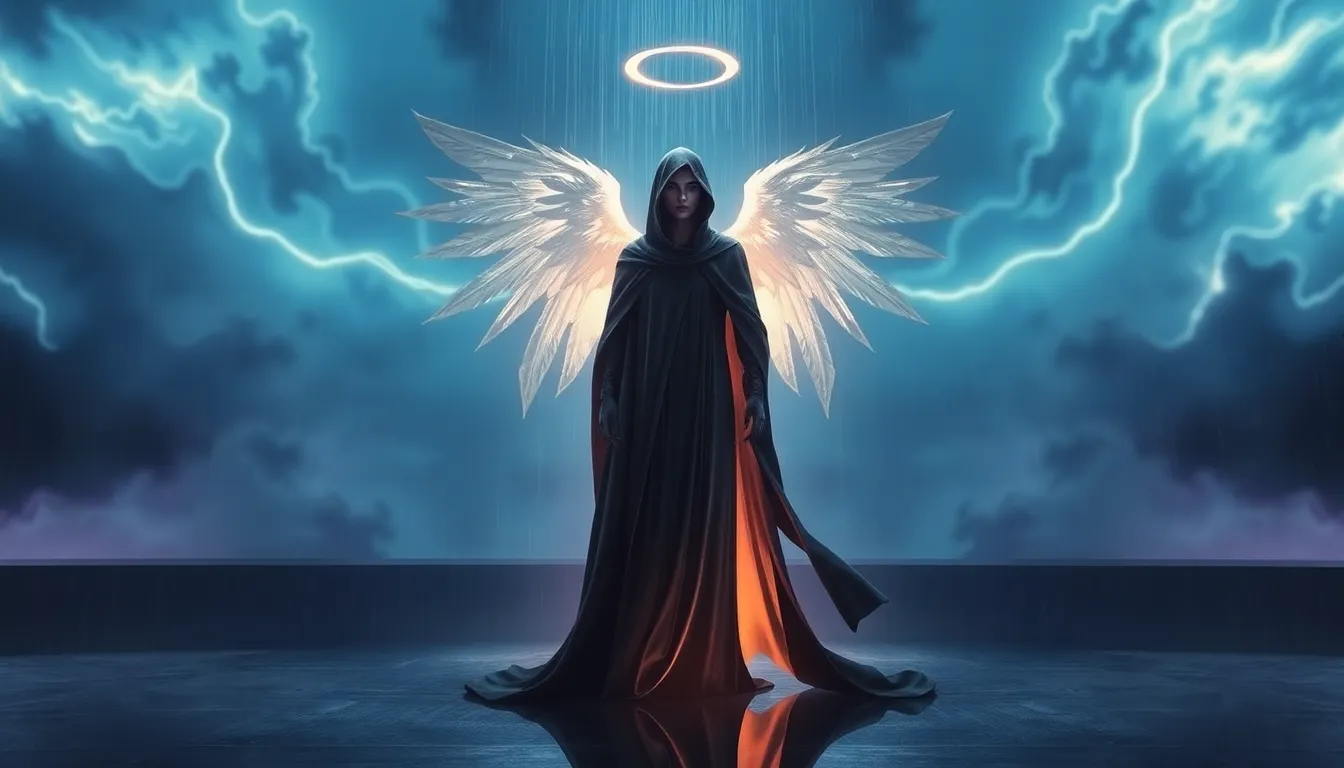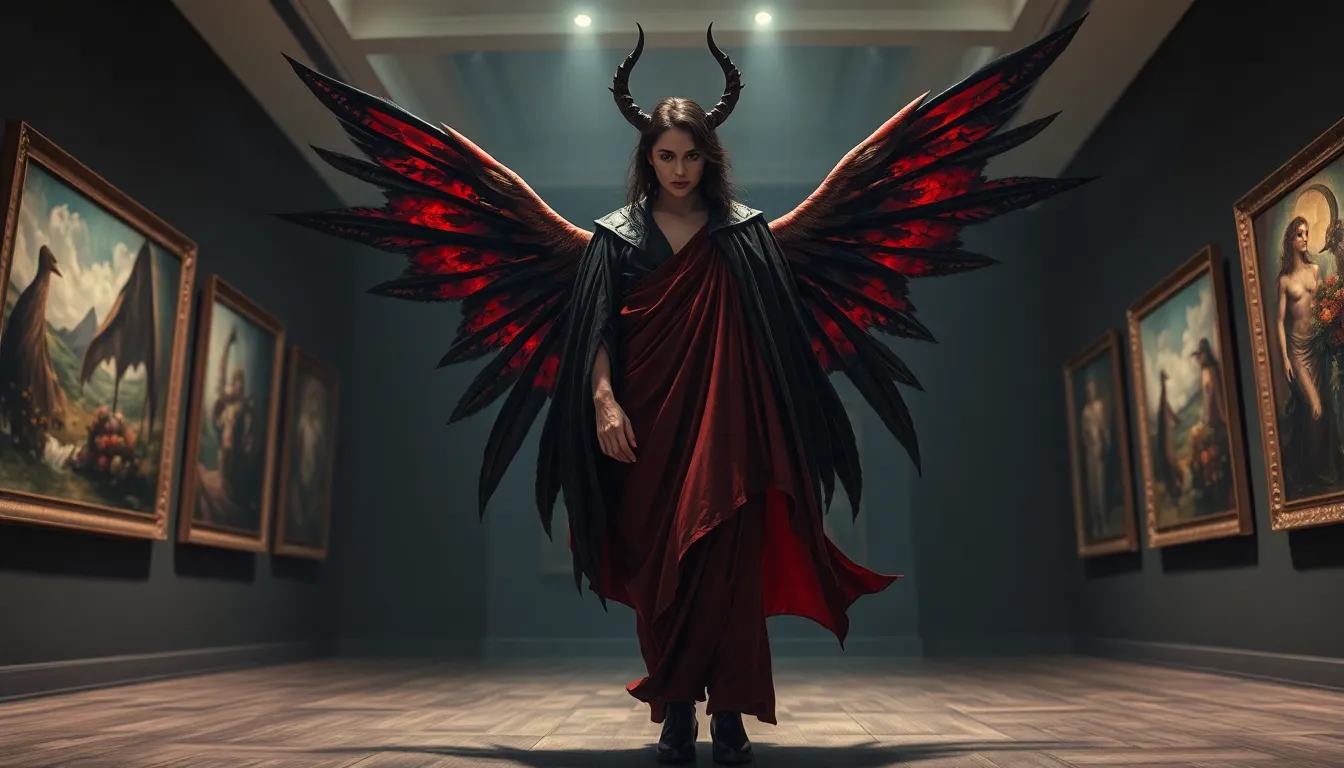Ever wondered what happens when you mix allure with a touch of mischief? Welcome to the fantastical world of the Diablo Angel. This captivating figure dances between the realms of darkness and light, embodying a blend of danger and beauty that few can resist. Whether you’re a fan of mythology, art, or just an inquisitive soul, this exploration promises insights that might just surprise you. Buckle up as we jump into the intriguing facets of the Diablo Angel.
Table of Contents
ToggleOverview of Diablo Angel

The term “Diablo Angel” conjures images of a celestial being draped in a cloak of mystique. Rooted in various cultural narratives, the Diablo Angel represents a duality that captivates the imagination. In essence, it embodies both the destructive and nurturing aspects of existence, akin to a tempestuous storm that can also bring nourishing rain. Originating from a blend of folklore, religious symbolism, and artistic representation, the concept remains fluid and open to interpretation.
At its core, the Diablo Angel stands as a metaphor for the complexities of human nature. One minute, it might be seen as a liberator, challenging societal norms: the next, it could be viewed as a manipulative trickster, leading souls astray. This ability to straddle multiple realms adds to its enigmatic quality, allowing it to resonate with diverse audiences.
Cultural Significance and Symbolism
In many cultures, angels symbolize goodness and light, guiding humanity towards enlightenment. The Diablo Angel, but, flips this script. It serves as a reminder that darkness is not inherently evil: rather, it possesses its own kind of beauty. This figure appears in various mythologies, often as a guardian of transformation, leading individuals through crises.
In religious contexts, the Diablo Angel can evoke both fear and reverence. Some interpretations see it as a fallen angel, a being cast out from paradise yet still possessing the power to influence humans. Its allure lies in the promise of wisdom gained through hardship, highlighting that challenges can lead to growth. The duality of its nature symbolizes the conflict between good and evil, making it a powerful archetype in storytelling and art.
Key Characteristics and Traits
The Diablo Angel is often described with a blend of captivating beauty and an undeniable edge. Typically depicted with striking features, its allure pulls you in while warning you to tread carefully. Common traits include:
- Seductive Charm: This figure often exhibits a magnetic personality, compelling others to explore the unknown boundaries of their own capabilities.
- Polarizing Presence: It elicits both admiration and fear, challenging societal norms and pushing individuals to confront their inner demons.
- Symbol of Transformation: The Diablo Angel often serves as a catalyst for change, prompting characters in tales to evolve through trials.
- Complex Moral Compass: Unlike traditional angels, the Diablo Angel doesn’t neatly fit into good or evil boxes. Its actions are often driven by deeper motives, reflecting the complexities of reality.
Through these characteristics, the Diablo Angel illustrates the endless possibilities within every being, urging one to embrace their full spectrum of experiences.
Diablo Angel in Popular Media
The Diablo Angel is not merely a product of ancient lore: it has found its way into contemporary media in various forms. Films, literature, and games have all embraced this intriguing archetype, often using it to explore deeper themes of morality and consequence.
- Movies: Films like Hellboy and Angel Heart depict characters that embody the Diablo Angel’s essence, exploring themes of redemption and moral ambiguity.
- Literature: Numerous novels investigate into the duality of the Diablo Angel, with authors using rich symbolism to illustrate the journeys of flawed yet intriguing characters.
- Video Games: Titles such as Diablo III personify this concept, portraying characters that navigate a world filled with moral complexity and choices that challenge the player’s understanding of good and evil.
Through these platforms, the Diablo Angel’s enduring allure continues to spark conversations about the nature of humanity, challenges, and the personal journeys we embark upon.
Common Misconceptions
Even though its rich history and profound symbolism, the Diablo Angel is often misunderstood. Many perceive it simply as a figure of evil or chaos. But, this perspective oversimplifies its role.
- Not Just Evil: While often associated with darkness, the Diablo Angel also represents resilience and transformation. It embodies the struggle against inner turmoil, something every individual faces.
- Misconception of Beauty: The idea of beauty is often tied to positivity. But, the Diablo Angel teaches that beauty can emerge from adversity, making it multifaceted and complex.
- Misunderstood Legends: Many narratives surrounding the Diablo Angel fail to capture its full essence, focusing solely on the sensational aspects instead of the deeper meanings of freedom and choice.
Breaking down these misconceptions allows for a more nuanced understanding of its significance, opening a dialogue about the intricate balance between light and dark.
Diablo Angel in Art and Literature
Art has long been a medium for exploring the Diablo Angel’s multifaceted nature. Throughout history, various artists and writers have been captivated by the symbology embedded in this concept.
- Visual Arts: Paintings and sculptures often capture the Diablo Angel’s contrasting elements, beauty juxtaposed with chaos. Artists like Francisco Goya have portrayed such figures in dreamlike landscapes, evoking a sense of both wonder and dread.
- Poetry and Prose: Literary works, from classic tales to modern poetry, have utilized the Diablo Angel to explore themes of longing, conflict, and the search for identity. Writers such as John Milton and contemporary poets have found rich material in the interplay between good and evil, often highlighting a protagonist’s struggle with their darker impulses.
These creative expressions reveal that the Diablo Angel is not merely a character: it serves as a profound reflection of the human experience, inviting both wonder and introspection.



